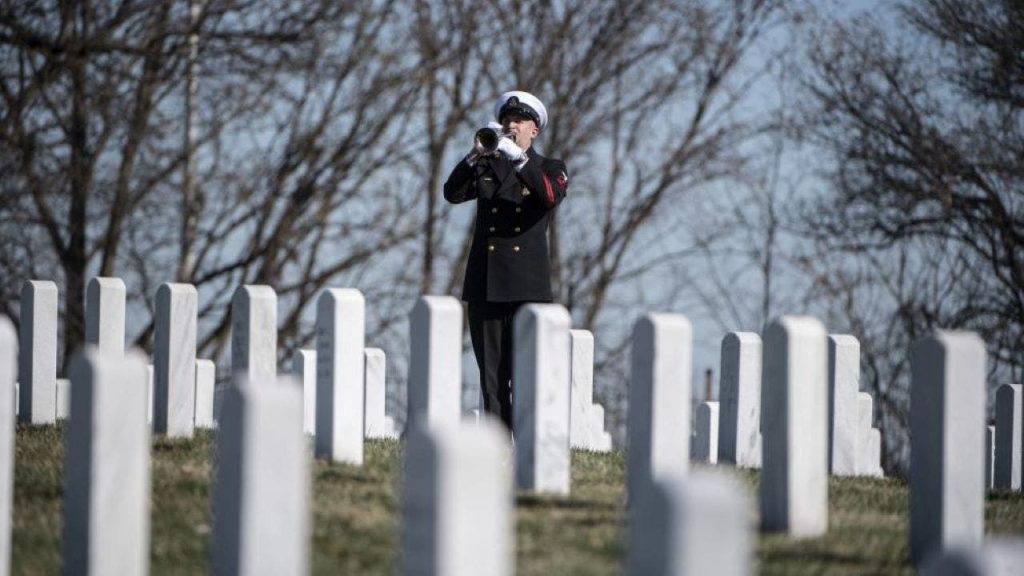Arlington National Cemetery, the nation’s prestigious military burial ground, was established on June 15, 1864. The cemetery’s beginnings date back to just before the Civil War when George Washington Parke Custis, the adopted son of President George Washington, owned the land and built Arlington House as a memorial to President Washington. Upon Custis’ passing, ownership of the estate passed to his daughter, who was married to Robert E. Lee. Lee, a Virginian native, vacated the property after choosing to fight for the Confederacy during the Civil War, fearing that Union forces would seize his home due to its strategic location overlooking Washington, D.C.
After Lee left, Union forces took control of the property, leading Brig. Gen. Montgomery Meigs to advocate for converting 200 acres of Lee’s property into a cemetery for Union soldiers. The first soldier was laid to rest in Arlington in May 1864, and by the end of the Civil War, 16,000 graves were filled near Arlington House. The cemetery was officially designated as Arlington National Cemetery by Secretary of War Edwin Stanton on June 15, 1864. The cemetery was initially segregated by race and rank, a practice that continued until President Harry S. Truman desegregated the military in 1948.
The first official Memorial Day, then known as Decoration Day, was observed at Arlington National Cemetery on May 30, 1868. Over time, Arlington grew in significance and became the premier national military cemetery where two U.S. presidents, William Howard Taft and John F. Kennedy, are buried. Another notable addition to the cemetery’s history is the Tomb of the Unknown Soldier, which was dedicated on November 11, 1921, with the interment of an unidentified soldier from World War I. Today, Arlington National Cemetery spans 639 acres and serves as the final resting place for approximately 400,000 veterans and their eligible dependents.
The establishment of Arlington National Cemetery marked a significant moment in U.S. history, reflecting the sacrifices made by soldiers during the Civil War and other conflicts. The cemetery’s origins, rooted in the personal estate of Robert E. Lee and the establishment of a burial ground for Union soldiers, symbolize the unity and valor of the nation in times of conflict. The decisions made by Lee and the actions of Union forces to establish the cemetery highlight the complex and intertwined history of the Civil War era.
Arlington National Cemetery has continued to evolve and expand over the years, becoming a place of reverence and reflection for generations of Americans. The cemetery’s role in honoring veterans and commemorating their service has solidified its status as a national treasure. From the somber ceremonies of Memorial Day to the solemn rituals at the Tomb of the Unknown Soldier, Arlington National Cemetery stands as a testament to the nation’s commitment to remembering and honoring those who have served in the military.


